Whether a novice or a seasoned gardener, there are three essentials: preparation, soil, and seeds. Then there’s the matter of upkeep, pests, and harvest, all of which will have to be dealt with, but that can wait until later in the season. The hardest part of any new gardening practice is often getting started; a planting calendar can help with this. Below we learn the Michigan vegetable planting calendar, the Michigan vegetable planting guide by zone, and the month-by-month planting schedule for Michigan home gardens.
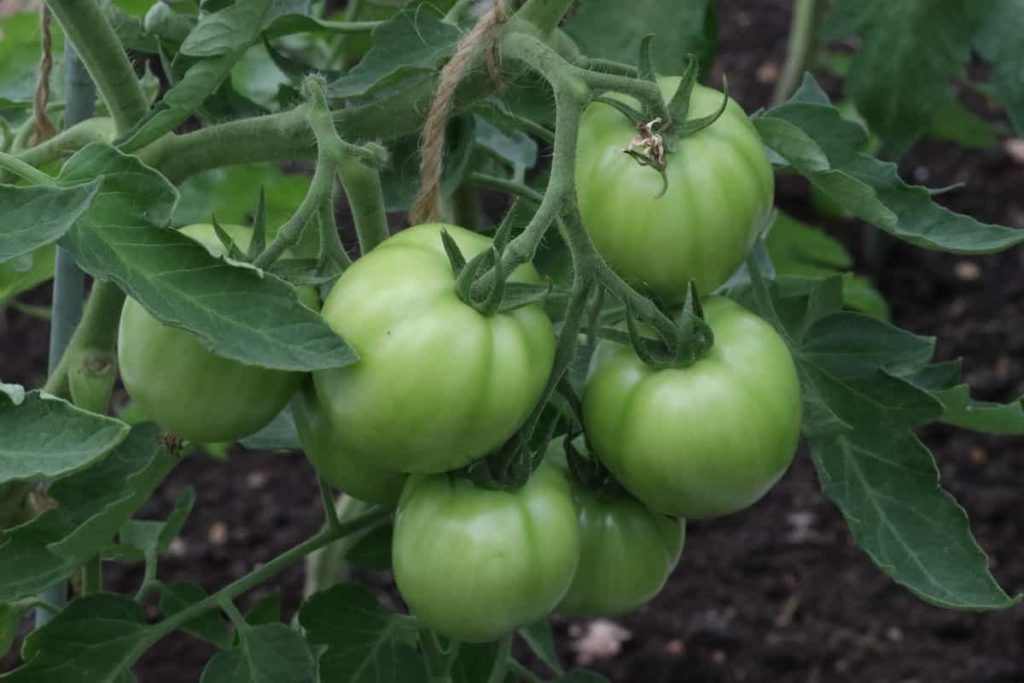
Michigan vegetable planting calendar (MI)
What vegetables can I plant in March in Michigan?
Vegetable gardens don’t have to wait for 70-degree days and bright weather to be planted, as experienced gardeners know. Seeds of several “cold” plants germinate and develop more quickly under the milder conditions of early spring. Planting can begin as early as late March or early April to make the most of the extended growing season, depending on your location in Michigan. Apply this method early to get fresh greens, root crops, and cole crops.
Vegetables of the chilly season can be seeded after the soil reaches a temperature of 50 degrees. Plant seeds for cool-season vegetables sprout best and sometimes only in soil that is somewhat colder than the ambient air temperature. The list goes on and on: leaf lettuce, peas, beets, cabbage, parsnips, spinach, kohlrabi, mustard greens, carrots, turnips, onions, beets, cabbage, cauliflower, radishes, celery, Swiss chard, kale, and collard greens. Use a soil probe or a thermometer that can register both hot and cold temperatures to determine the soil’s temperature.
When should I plant tomatoes in Michigan?
Warm weather, temperatures between 70 and 75 degrees Fahrenheit, is ideal for tomato growth. Memorial Day weekend is a popular time for gardeners in Michigan to put in tomato plants from seedlings. If you want to grow tomatoes from seed, you should start them inside about 6 to 8 weeks before you want to transplant them outdoors.
Fungus and related bacteria are the deadliest adversaries of a tomato plant regarding disease management. It is possible to slow or stop growth by watering the roots solely and avoiding getting water on the leaves. Morning watering gives the leaves time to dry out over the day. Maintaining a steady moisture level in the soil, since fluctuations in water content can lead to cracking and blossom end rot.
When can you plant lettuce in Michigan?
For this reason, Michigan is an ideal location for growing lettuce, which prefers the state’s milder climate. Spinach and romaine lettuce, among other greens, thrive in nutrient-rich, well-drained soil. Most types can withstand frost, so April is a good month to put them in the ground. Remember that you must leave approximately a six-inch space between each head of lettuce. By planting a new row every week or two, you can extend your crop throughout the season via succession planting.
In case you missed it: Maryland Vegetable Planting Calendar (MD): Month Wise Garden Guide for Fall, Winter, Spring, Summer, Zone 5, Zone 6, Zone 7, and Zone 8
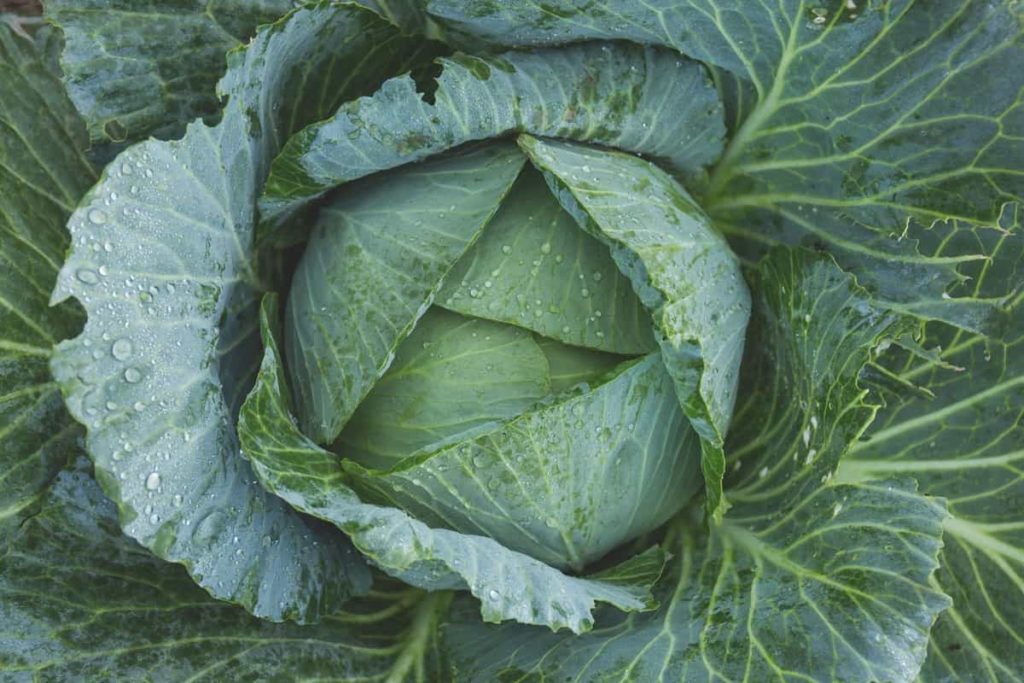
When can you plant carrots in Michigan?
Sowing time for carrots is early spring through midsummer. Carefully preparing the soil for planting requires a lot of forking and raking. Thinly sow seeds in rows 6-15 inches apart and plant them at a depth of 1/2 to 3/4 inches. Compact the soil around the seeds, For carrot seeds to germinate, the soil must be damp. In warmer climes, they can benefit from a thin layer of mulch and frequent watering to sprout. It may take up to three weeks for seeds to germinate. Baby carrots are harvested after a second round of thinning.
The first round of thinning is performed when the carrots are too young to consume. Thin to 2 to 4 inches now for ideal cylindrical roots. Protect your young plants against slugs, snails, and grasshoppers. Carrots thrive in areas where corn or potatoes were cultivated the previous season since this soil type is light, sandy, and well-enriched, thanks to the addition of compost. New fertilizers, particularly manure, can cause hairy roots and increase soil-dwelling insect pests like wireworms.
Water consistently until seedlings emerge, but avoid soaking the soil. Once the tops of carrots have become orange, they are ready to be picked. Where deep freezing does not occur, roots can be left in the ground and mulched during the winter. Apply a thick layer of woodchips or straw mulch around the plants.
What gardening zone is Michigan?
The state of Michigan’s continental climate allows for a diversity of four to six distinct planting zones. Northern climates are extreme, with bitterly cold winters and scorchingly hot summers. Extreme weather is more common in the upper peninsula, located farther north, yet both regions see large temperature changes. This region is known for its somewhat long and mild summers and lengthy, hard, and frigid winters. Temperatures in the state averaged approximately 66 degrees Fahrenheit in the summer and around 20 in the winter.
Because of the relatively warm lake water and the predominance of westerly winds, the state’s summers and winters last far longer than anticipated, considering its roughly midwestern position. Zones of plant hardiness, often known as growth zones, determine which plants will thrive in a given climate. They can help you decide when to sow seeds and what kinds to utilize. Planting zones in Michigan are determined by when the first and final frosts occur on average.
Depending on their cold tolerance, certain plants have different ideal planting times in different zones. There is some variation across the states in Michigan’s planting zones, although most of the state falls within 4a and 4b, 6b. Using an Integrated Planting Zone Map, you can determine which planting zone is appropriate for your Michigan garden. Anything planted in Michigan’s upper zones will survive the winter. For instance, in hardiness zone 4a, you can plant anything from 1 to 4.
Many types of plants and vegetables do well there. Vegetable garden staples that thrive in the summer heat are sweet corn, cucumbers, carrots, green beans, broccoli, lettuce, and cucumber. Low-maintenance and simple to grow in Michigan include plants like the coneflower, hosta, hibiscus, and black-eyed Susan. Native plant species, such as Joe Pye weed, bee balm, Michigan rose, Butterfly weed, and meadowsweet, thrive in the state’s fertile soil and temperate climate.
Can you grow garlic in Michigan?
Michigan is a good state for growing garlic. Choosing hardneck cultivars over softnecks will give your plants a better chance of surviving the winter. Nonetheless, if you give it the right attention and care, you should be able to produce whatever kind of garlic you choose. Garlic should be planted in Michigan in the autumn until the first frost. It’s probably around October. The actual day may vary based on where you reside.
There are three distinct parts of the garlic plant outside the bulb sold in grocery stores: the green garlic, the scape, and the bulb. The flower stems, known as scapes, can be utilized in various ways in the kitchen. When it coils up in a ring, it’s a sign that it’s mature and ready to be harvested. If you want to keep the bulb in the ground but remove the scape, you can use garden shears or a sharp scissor to do it.
In case you missed it: How to Apply Bone Meal on Plants in Your Garden: What is Bone Meal? and A Guide to Make Bone Meal Fertilizer
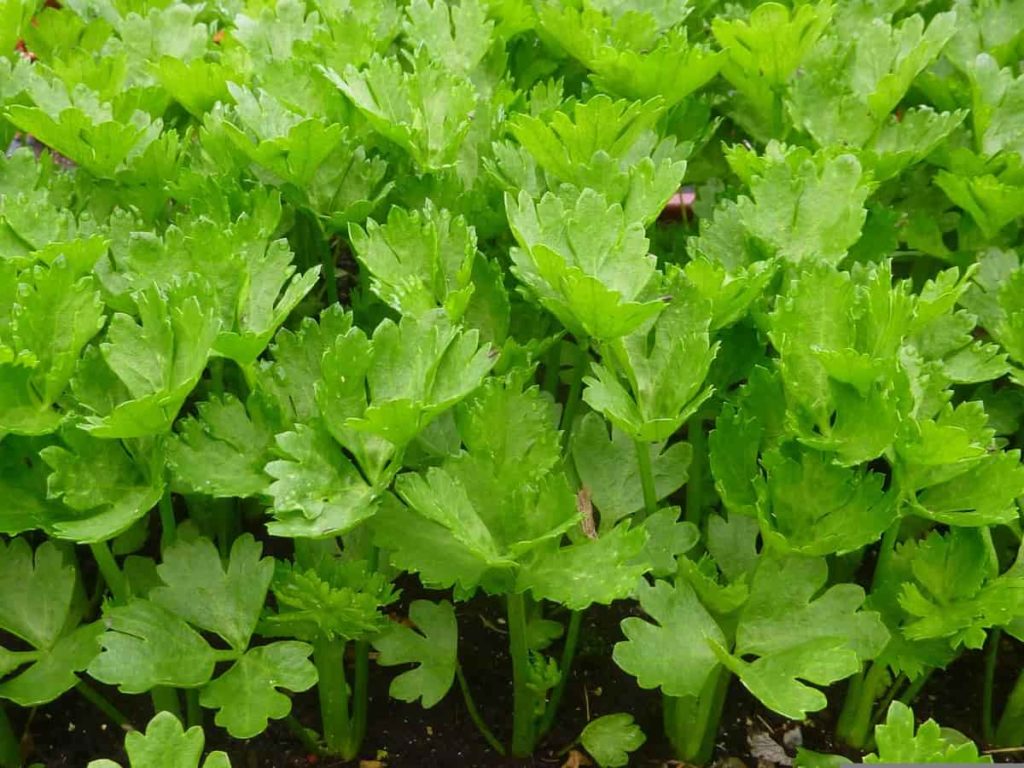
For those unfamiliar, “green garlic” refers to the plant’s form before it forms a bulb. Planting green garlic bulbs in the late spring allows for a harvest in June; planting them in the late autumn allows for a harvest in April. Once the scape has died and become brown, the garlic plant is ready to be plucked for its ultimate form, the bulb. Gardeners can take out the bulbs when the soil is dry in July. Garlic takes around ten months to mature into a bulb. Typically, crops sown in the autumn can be harvested in the summer months of June and July.
How do you grow cucumbers in Michigan?
Generally speaking, cucumbers can be broken down into two categories: those best suited for fresh slicing and those best suited for pickling. When picked young, slicing varieties can be used for pickling; however, pickling varieties seldom yield high-quality slicing varieties. Some cultivars have naturally occurring resistance to widespread diseases. The plants can be grown either in rows or in groupings of plants known as “hills,” or they can be grown atop a compost pile, with the vines trailing down to hide the unsightly heap of decomposing organic materials.
Plant seeds or set out transplants a week after the typical frost-free date, when the ground is reliably above 60 degrees Fahrenheit. Around June 20th is when you still have time to get your plants in the ground in central Michigan. Typically, six or seven seeds will be planted on a hill, and the strongest three will be picked out later. Train plants to climb a trellis, and you’ll free up valuable floor or wall space.
In addition to shielding cucumbers and other cucurbits from striped cucumber beetles, the increased heat generated by floating row coverings is helpful early in the growing season. However, after plants have flowered and gone to seed, the row coverings must be removed to facilitate insect pollination.
When should I start planting seeds in Michigan?
Bringing seedlings inside is a good idea in March. Planting seeds inside should begin six to ten weeks before the final frost date. The 15th of May has become Michigan’s widely accepted final day of frost. When the soil is 70 degrees, you may plant seeds outdoors. This occurs in Michigan during the months of May and June. Be sure to always begin with fresh, container-ready conditions.
Certain seed types perform better than others when started inside. Plants with a longer growing season, such as tomatoes and peppers, are best started inside. Tomatoes, peppers, eggplants, marigolds, and sunflowers are among the simplest to cultivate. Before planting, make sure you read the full seed packaging. You can find a wealth of helpful details on the packages, like expected germination and harvest times, recommended spacing, and recommended planting depth.
Can you grow strawberries in Michigan?
Although not native to Michigan, strawberries thrive in much of the United States and are the most popular little fruit to produce in a home garden. A well-cared-for 100-foot row of plants can provide more than 100 pints of fruit. The 49 calories in one cup of fresh strawberries make them a great snack. Moreover, they are an excellent resource for vitamin C, manganese, dietary fiber, and a decent supply of folate and potassium.
While other berries like raspberries, grapes, and blueberries won’t produce much fruit until many years after planting, some strawberries can provide a harvest by mid-summer of the same year you plant them. A fresh planting could last five to seven years, depending on care. Strawberries are often moved to a new place because of problems with pests, including insects, weeds, and disease.
A grower’s first order of business is to settle on a desirable variety. It is possible to find June-bearing strawberries, as well as ever-bearers. In September, strawberry plants that will blossom in June form flower buds. Flowers appear in May in Michigan. Early to mid-June is when the harvesting starts, lasting for 3 to 4 weeks. The first harvest of June-bearing strawberries often occurs in the second year following planting.
What can I plant now in Michigan?
Summer gardening in Michigan
Experienced gardeners know that planting a vegetable garden isn’t restricted to the warm spring and summer months. Early spring’s warmer temperatures are ideal for the rapid germination and growth of the seeds of various so-called “cold” plants. Depending on where you live in Michigan, you can plant your “cold season” vegetables as early as the end of March or the beginning of April to take advantage of the extra time they need to mature. Using this strategy, you can harvest your leafy greens, roots, and cruciferous vegetables earlier.
In case you missed it: Maine Vegetable Planting Calendar (ME): Month Wise Garden Guide for Fall, Winter, Spring, Summer, Zone 3, Zone 4, Zone 5, and Zone 6
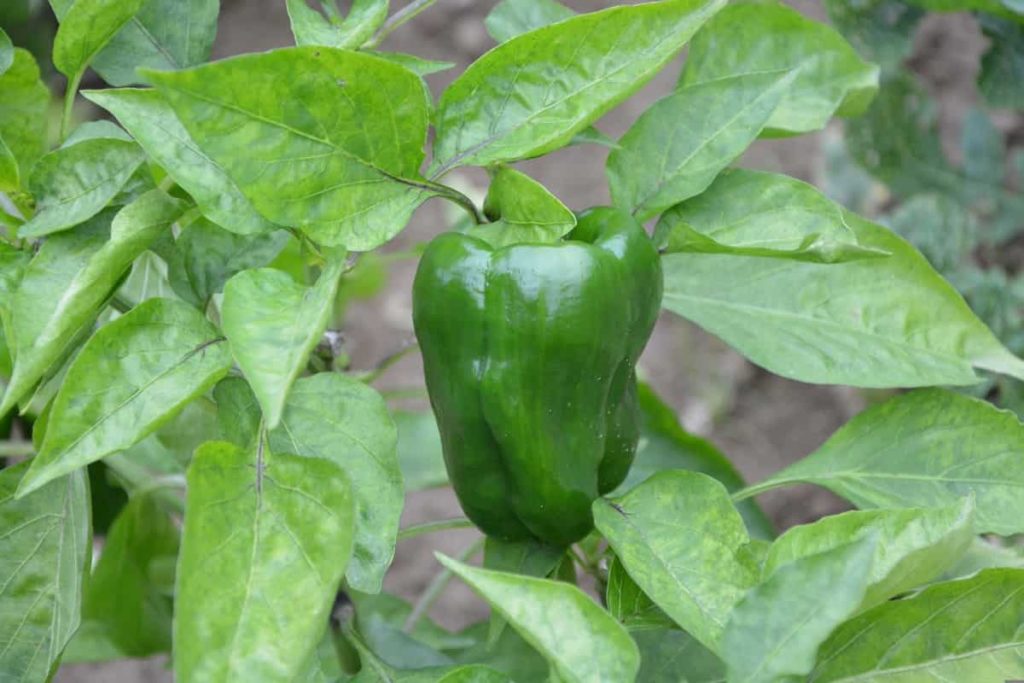
Cool-season vegetables can be planted after the soil reaches 50 degrees. Seeds of cool-season vegetables occasionally fail to germinate in warmer soil and do so only when the soil is somewhat cooler than the air temperature. Lettuce, peas, beets, cabbage, mustard greens, carrots, parsnips, spinach, kohlrabi, turnips, onions, beets, radishes, celery, Swiss chard, cabbage, cauliflower, kale, collard greens; the list goes on and on.
Use a soil probe or thermometer that can measure hot and cold to measure soil temperature. Before planting, the soil has to be worked. When seeds are put in consistently moist soil, the soil rots away before the seeds can germinate. Before planting, check to see whether the soil is too wet. If the soil is cultivated or otherwise disturbed when wet, it loses its structure and the helpful microbes that live inside it. Just minimally tilling or breaking up the soil before sowing seeds is recommended.
Fall gardening in Michigan
Seeds or transplants for many of our favorite veggies can be planted in the late summer or early autumn for harvest in September and October. The chilly temperature is ideal for growing several of these veggies. When a little coating of frosting is added, several foods improve in flavor. Vegetables planted in May and harvested in July can be rough and woody and have an unpleasant flavor or bolt. Broccoli, cabbage, lettuce, spinach, and radishes are among the vegetables that tend to suddenly flower and then die.
It’s possible to plant collards in the spring and autumn since they thrive in warm temperatures. A mild frost enhances the taste of kale and collard greens. Cooking greens are any leafy vegetable that has to be prepared on a stovetop or oven before being eaten. You can consume spinach, either fresh or cooked. Daikon, also known as Oriental radish, is a big radish species with a mild radish flavor that works well in a wide range of preparations, including raw, boiling, steamed, braised, fried, and pickled.
On average, daikon has to be planted and grown for 60 days before it can be harvested. Any little imperfection on white Swiss chard stems will appear brown but will not be detected on red or multicolored stems. Root crops, such as carrots, beets, turnips, radishes, parsnips, and rutabaga, benefit from above-ground vegetables because they can be picked and utilized at any time before the ground freezes, even after a heavy frost. Spread a layer of straw over the tops of the plants as mulch to keep the ground around the roots from freezing.
Although a warm-season crop, green bush beans can be sown for a second harvest in the middle of July. Typically, you can expect to harvest them after around 60 days. Tomatoes are another produce item at their peak during the warmer months. Green tomatoes are harvested just before a frost and can be used in various ways, including frying and some salsas, even though tomatoes are grown only in late spring. Many may not mature properly when kept indoors.
In case you missed it: How to Plant and Care for Petunias: A Step-By-Step Growing Guide for Beginners
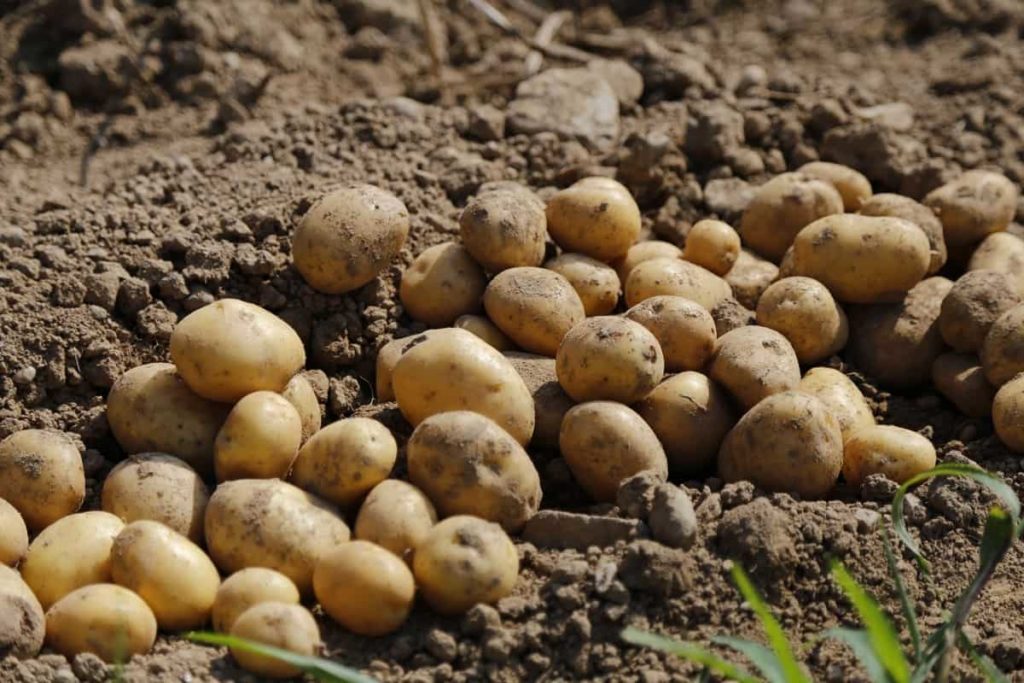
Summer gardening in Michigan
Not every plant will flourish in Michigan, which is why the state isn’t famed for its oranges or papayas. Tomatoes, carrots, peppers, green beans, eggplant, kale, peas, squash, cucumbers, and beets are a few examples of thriving vegetables. Since you should cultivate edibles in your garden, choose the types you like eating. Michigan has too short of a growing season if you plan on planting seeds in May and harvesting a bountiful harvest in the fall.
You’ll need starting, potted plants. Start your garden inside in March of next year if you wish to grow from seeds. You need a spot in your yard that receives plenty of light, has decent soil, and is convenient for access to a hose for watering your plants. The final frost in much of Michigan occurs in May or early June. Many warm-season crops need to be planted after the danger of frost has passed.
Winter gardening in Michigan
It’s essential to water perennials, trees, and shrubs well before the ground freezes so that they can flourish during the winter. Most plants need at least an inch of water every week to thrive throughout the growing season. For the plant to survive the winter, its roots need a good water supply throughout the year, but it’s particularly crucial to have a good supply during the autumn months. Water is lost from the needle surface of evergreens, much more so when harsh winter winds blow.
Tissue death in plants happens when they don’t have access to sufficient groundwater reserves to replenish what they lose via transpiration and transpiration. Everbearing and perennial in zones 4 through 8, strawberries like Berried Treasure White and Pink are best sown in the winter, or their seeds may be stratified in the freezer for 3 to 4 weeks before being planted inside. Plant them in pots, baskets, or raised beds for the greatest results. Must have direct sunlight.
Sow Swiss chard when soil temperatures reach at least 40 degrees, often 2–4 weeks before your normal last frost date. You can also seed this directly in the autumn, two months before the average first frost. Purple and White Vienna kohlrabi are cold hardy, with optimal germination at 60 degrees.
Green and red cabbage, both of which are cold-hardy, should be planted in containers four weeks before the final spring frost. Don’t put seeds in the ground in the same garden beds that had cabbage plants the year before. It will be OK in mild freezing conditions. Winter seeding of cauliflower of any variety is possible in areas where temperatures seldom drop below 32 degrees.
Michigan vegetable planting calendar
| Vegetables | Zone 4 | Zone 5 | Zone 6 |
| Beans | June to mid-Sep | Mid May to Sep | May to mid-Oct |
| Beets | Mid Apr to Jun mid-July to Sep | Apr to June mid-July to mid-Oct | Mid Mar to June mid-July to mid-Oct |
| Broccoli | Apr to June July to mid-Aug | Mid Mar to June July to Oct | Mar to mid-June mid-July to Oct |
| Brussel Sprouts | Mid Apr to Mid-Oct | Apr to Oct | May to Oct |
| Cabbage | May to mid-Oct | Mid Apr to Oct | May to Oct |
| Carrots | Mid Apr to June mid-July to Sep | Apr to Jun Aug to mid-Oct | Apr to June Aug to Oct |
| Cauliflowers | May to Sep | Mid Apr to mid-Oct | Mar to mid-June |
| Corn | June to mid-Sep | Mid-May to mid-Sep | May to Sep |
| Cucumber | June to mid-Sep | Mid-May to mid-Sep | May to Sep |
| Kale | Mid Apr to June mid-July to mid-Oct | Apr to June mid-July to Oct | Mid Mar to mid-Jun Aug to mid-Nov |
| Lettuce | May to June mid-July to Sep | Mid Apr to June mid-July to mid-Oct | Mid Mar to mid-June Aug to Oct |
| Onions | Mid Apr to mid-Sep | Apr to Sep | Mid- Mar to Aug |
| Peas | Mid Apr to June | Apr to June mid-July to mid-Oct | Mid Mar to May Aug to Oct |
| Peppers | Mid Apr to mid-Sep | Apr to Sep | Mid Mar to Sep |
| Spinach | Mid Apr to June mid-July to mid-Oct | Apr to June mid-July to oct | Mar to June mid-July to oct |
| Squash | June to mid-Sep | Mid May to Sep | May to Sep |
| Tomato | Mid Apr to mid-Sep | Apr to Sep | Mid Mar to Sep |
In case you missed it: How to Plant and Care for Begonias: A Step-By-Step Growing Guide for Beginners
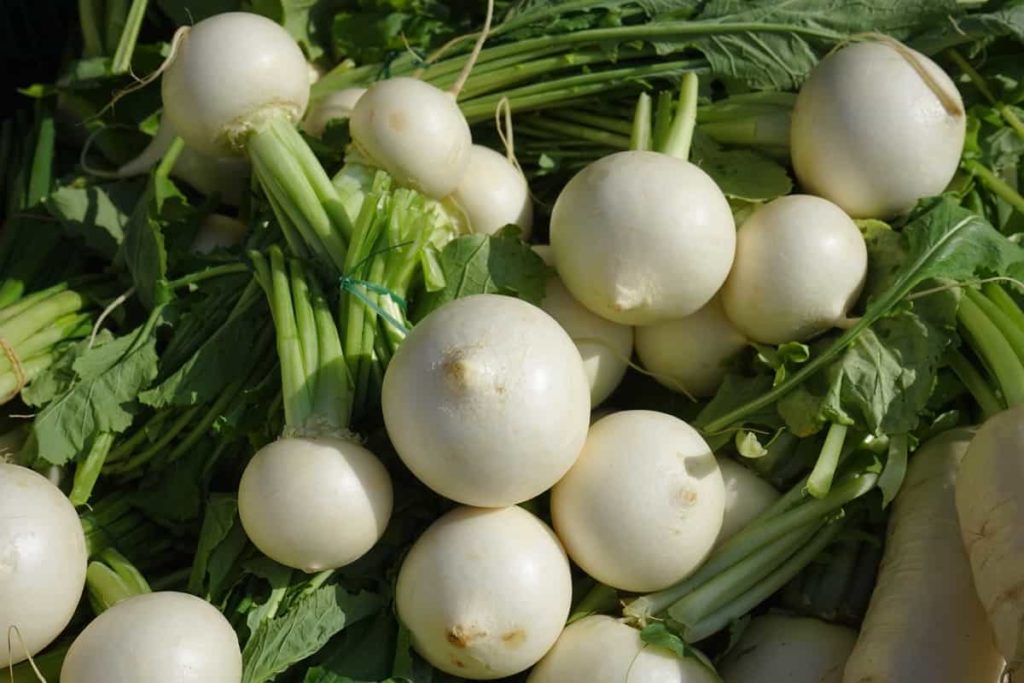
Conclusion
Remember that the finest quality harvests occur when crops are picked as soon as possible once they have reached maturity. Greens that are “cut and come again,” like lettuce, can have their leaves harvested many times before they die. Peas and beans should be harvested every few days. Sweet corn is ready to be picked when the silk has turned black, and the cobs have filled out.
Tomatoes and peppers can be picked when still green, or they can be allowed to mature to their peak sweetness and taste. If you live in the following towns, cities, and counties of Michigan (MI) of Zone 4, Zone 5, and Zone 6 in the United States, this article may help understand the vegetable planting calendar and a month-wise chart along with planting seasons.
| Detroit | Royal Oak |
| Lansing | Adrian |
| Grand Rapids | East Lansing |
| Ann Arbor | Farmington Hills |
| Traverse City | Alpena |
| Kalamazoo | Westland |
| Muskegon | Escanaba |
| Flint | Rochester Hills |
| Saginaw | Sault Ste. Marie |
| Frankenmuth | Lapeer |
| Dearborn | Manistee |
| Battle Creek | Auburn Hills |
| Warren | Grand Blanc |
| Livonia | Clinton Township |
| Bay City | Northville |
| South Haven | West Bloomfield Township |
| Grand Haven | Houghton Lake |
| Southfield | Owosso |
| Novi | Davison |
| Petoskey | Kentwood |
| Ludington | Central Michigan |
| Ypsilanti | Eastern Michigan |
| Port Huron | Western Michigan |
| Sterling Heights | Southern Michigan |
| Benton Harbor | Northern Michigan |
- Management Pests and Diseases in Your Cotton Field
- Sheep Farming Business Plan for Beginners
- Aquaponic Farming at Home: A Step-By-Step Guide
- Profitable Village Farming Business Ideas in 2024
- High-Yield Aquaculture: Fast-Growing Fish for Farming
- Effective Fish Pond Construction Techniques for Beginners
- Irrigation and Water Management in Pineapple Farming
- Blossom to Harvest: Mastering Flowering and Pollination in Papaya Farming
- Pig Fattening Essentials: From Selection to Sale for Beginners
- Raising Wagyu Cattle: A Complete Guide for Premium Beef Production
- Soil Types and Their Water Holding Capacity
- Optimizing Irrigation Schedules for Coconut Groves for Enhanced Yield
- Espresso Your Garden: Coffee Grounds for Healthier Acid-Loving Plants
- The Best Soil Mix for Snake Plants: How to Mix Your Own Snake Plant Soil
- Green Thumb Success: Expert Tips for Cultivating Greenhouse Beans All Year Round
- Bloom All Year Round: The Ultimate Guide to Indoor Hyacinth Care
- Eco-Friendly Gardening: How to Make Liquid Fertilizer from Kitchen Waste
- Ultimate Guide to Grow Anise in Pots: Explore Seed Propagation to Harvesting
- Guide to Raising Chester White Pigs: Discover Breed Facts to Growth Management
- Mastering the Elegance: The Ultimate Guide to Weeping Cherry Tree Care, Planting, and Maintenance
- Ultimate Guide to Planting Garlic in Grow Bags: Growing Strategies for Beginners
- How to Fix Spider Plant Leaf-Related Problems: Natural and Organic Remedies
- 10 Reasons Why Your Tulsi Plant is Shedding Leaves: Home Remedies and Solutions
- Optimizing Growth and Yield: The Advantages of Palm Bunch Ash Fertilizer
- Utilizing Neem Oil Extract as a Natural Pesticide for Hydrangea
- From Soil to Harvest: Various Ways in Which Farmers Can Use AI Tools
- Steps to Encourage and Induce Citrus Flowers: A Comprehensive Guide
- How to Fix Snake Plant Leaf-Related Issues: Natural and Organic Remedies
- Transform Your Garden into a Fragrant Oasis with Raat Ki Rani (Night Blooming Jasmine)
- Discover the Ideal Chicken Breeds for Philippine Farms
- How to Create a Poultry Egg Farm Business Plan for Profits
- Grow Lemon Cucumbers Like a Pro: Insider Techniques for Bountiful Yields
- Ultimate Guide to Caring for Your Pink Princess Philodendron: Tips for Thriving Variegation
- Areca Nut Profit Per Acre: Calculating Yield and Cost of Cultivation
- How Kaveri Chicken is Becoming a More Profitable Breed in Indian Backyards
- Transform Your Barn: 9 Steps to Convert a Horse Stall into a Chicken Coop
